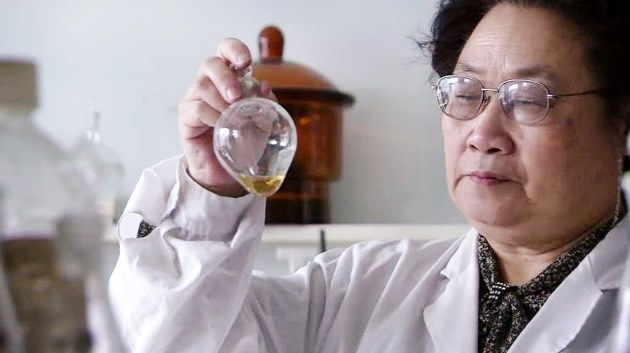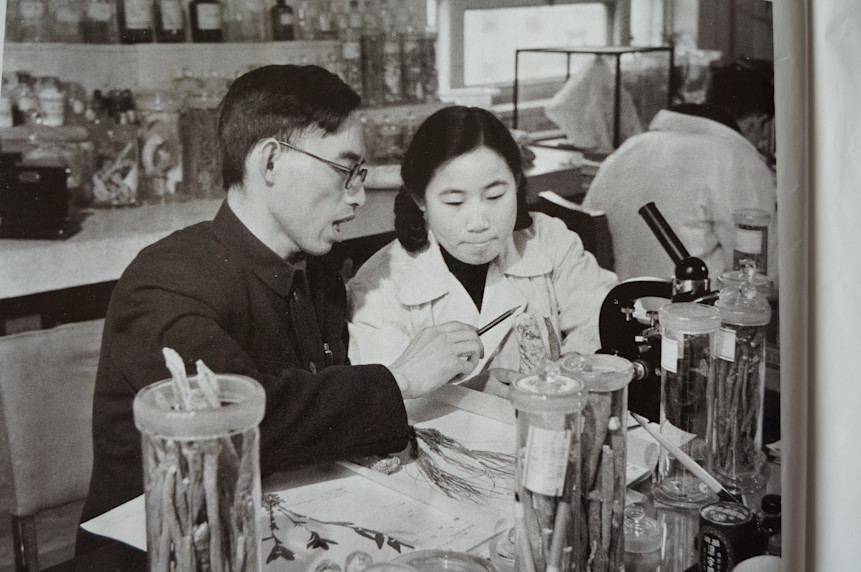The World Health Organization (WHO) on 29 June 2021 certified China as free of malaria, after a decades long effort that saw an estimated annual toll of 30 million cases in the 1940s, including 300,000 deaths, to zero in 2017.
Along the way, China developed new surveillance techniques, medicines, and technologies to break the cycle of transmission between the Anopheles mosquitoes that spread malaria parasites and humans.
After maintaining zero indigenous cases for three consecutive years, China applied for WHO’s malaria-free certification, which has been granted following an inspection in May by the independent Malaria Elimination Certification Panel. One requirement for winning certification is having a program to prevent the reestablishment of malaria, a particular challenge because China shares borders with three countries where the disease is endemic: Myanmar, Thailand, and Laos.

China’s anti-malaria efforts started in the 1950s with programs to distribute medicines to people at risk, reduce mosquito breeding grounds, and spray insecticides. China launched a program to identify new malaria drugs in the late 1960s. As part of that effort, pharmaceutical chemist Tu Youyou screened traditional Chinese medicines for compounds active against malaria, and later as Chief Research Fellow, China Academy of Chinese Medical Sciences eventually isolating artemisinin from the plant sweet wormwood (Artemisia annua). Artemisinin became the key compound in the front-line drugs now used against malaria and won Tu a Nobel Prize in Physiology or Medicine in 2015. China was also among the countries pioneering the use of insecticide-treated nets in the 1980s.
Annual case numbers dropped over the years, reaching roughly 5000 annually in the late 1990s. In 2012, the country initiated a push to eliminate malaria with a “1-3-7” strategy, allowing local health facilities 1 day to report a malaria diagnosis, 3 days to investigate the case, and 7 days to implement countermeasures. In recent years, Chinese scientists have developed genetics-based approaches to track drug resistance and to distinguish indigenous cases from imported ones.
“China’s ability to think outside the box served the country well in its own response to malaria,” Pedro Alonso, director of WHO’s Global Malaria Programme, said in a statement.
China is the 40th country—and by far the most populous one—to be certified malaria-free. The last three countries awarded the same status were El Salvador, in February, and Algeria and Argentina, both in 2019.
Source: Science, 29 June 2021
https://www.sciencemag.org/news/2021/06/it-s-official-china-has-eliminated-malaria
A hero of humanity: Chinese scientist Tu Youyou, Nobel Prize winner dedicates her life to ending malaria
“Chinese medicine will help us conquer life-threatening diseases worldwide, and that people across the globe will enjoy its benefits for health promotion.”

The following is reproduced from the Nobel Prize Foundation
Tu Youyou turned to Chinese medical texts from the Zhou, Qing, and Han Dynasties to find a traditional cure for malaria, ultimately extracting a compound – artemisinin – that has saved millions of lives. When she isolated the ingredient she believed would work, she volunteered to be the first human subject. She is the first mainland Chinese scientist to have received a Nobel Prize in a scientific category, and she did so without a doctorate, a medical degree, or training abroad.
Tu Youyou was born in 1930 in the city of Ningbo on the east coast of China. Her family stressed education for her and her four brothers, but she had to take a two-year break from studying at 16 because she had contracted tuberculosis. When she returned to school, she knew exactly what she wanted to study: medicine. She wanted to find cures for diseases like the one that had afflicted her.
At Beijing Medical College, Tu studied pharmacology, learning how to classify medicinal plants, extract active ingredients and determine their chemical structures. When she graduated in 1955 at the age of 24, Tu was assigned to work at the newly established Academy of Traditional Chinese Medicine, where she would stay for her entire career. From 1959 to 1962, she took a full-time course in traditional Chinese medicine for researchers trained in modern Western methods.

North Vietnam asked China for help with battling malaria, which was causing tremendous casualties among its soldiers in the Vietnam War. The single-celled parasite that causes malaria had become resistant to chloroquine, the standard malaria treatment. Chairman Mao Zedong launched Project 523 on 23 May 1967 to find a cure for chloroquine-resistant malaria.
In 1969, when she was 39 years old, Tu was appointed head of Project 523. Her first order of business was researching the effects of malaria in situ. And for that, she traveled to Hainan Island in southern China, which was currently experiencing a malaria outbreak of its own. In those rainforests, Tu witnessed first-hand the disease’s devastating toll on the human body.
She had to leave her one-year-old daughter with her parents and put her four-year-old in a nursery. “The work was the top priority so I was certainly willing to sacrifice my personal life,” Tu later said. It would be three years before she saw her children again.
Upon their return to Beijing, the team reviewed ancient medical texts to understand traditional Chinese ways of fighting malaria. At that point over 240,000 compounds had already been tested for use in potential antimalarial drugs, and none had worked. Finally, the team found a reference to sweet wormwood, which had been used in China around 400 AD to treat “intermittent fevers,” a symptom of malaria.
In 1971, Tu’s team isolated one active compound in wormwood that seemed to battle malaria-friendly parasites. They tested extracts of the compound but nothing worked. So Tu returned once more to the ancient text. She wondered whether the active ingredient in wormwood was being damaged when they boiled the wormwood to prepare the solvent, and so she tried another preparation, this time with an ether-based solvent. Since it boils at a lower temperature, the wormwood wasn’t damaged; when she tested it on mice and monkeys, it had a 100 percent success rate.
Tu and two colleagues tested the substance on themselves before testing them on 21 patients in the Hainan Province. All of them recovered.
The following year, Tu’s team distilled the compound’s active ingredient, artemisinin, and shared their findings. While her work was not published in English until 1979, shortly after in 1981, the WHO, World Bank, and UN each invited her to present her findings on the global stage.
It took two decades, but finally the WHO recommended artemisinin combination therapy as the first line of defense against malaria. The Lasker Foundation, which awarded Tu its Clinical Medical Research Award in 2011, called the discovery of artemisinin “arguably the most important pharmaceutical intervention in the last half-century.”
Tu, for her part, was reluctant to take credit. “I do not want fame,” she said. She deflected praise toward her colleagues from modern as well as ancient China. When she accepted the 2015 Nobel Prize in Physiology or Medicine, her lecture was entitled, ‘Discovery of Artemisinin: A Gift from Traditional Chinese Medicine to the World.’ But she was clearly proud of her discovery. “Every scientist dreams of doing something that can help the world.”
Source: https://www.nobelprize.org/womenwhochangedscience/stories/tu-youyou